mdby……ALVARO CATALÁN DE OCÓN
Alvaro Catalán de Ocón is an industrial designer and he has developed a project called PET lamp with artisans in Bogotá, and later, another one in Chile. It has been a successful project and very attractive, showing artisans their culture through this PET lamp project.
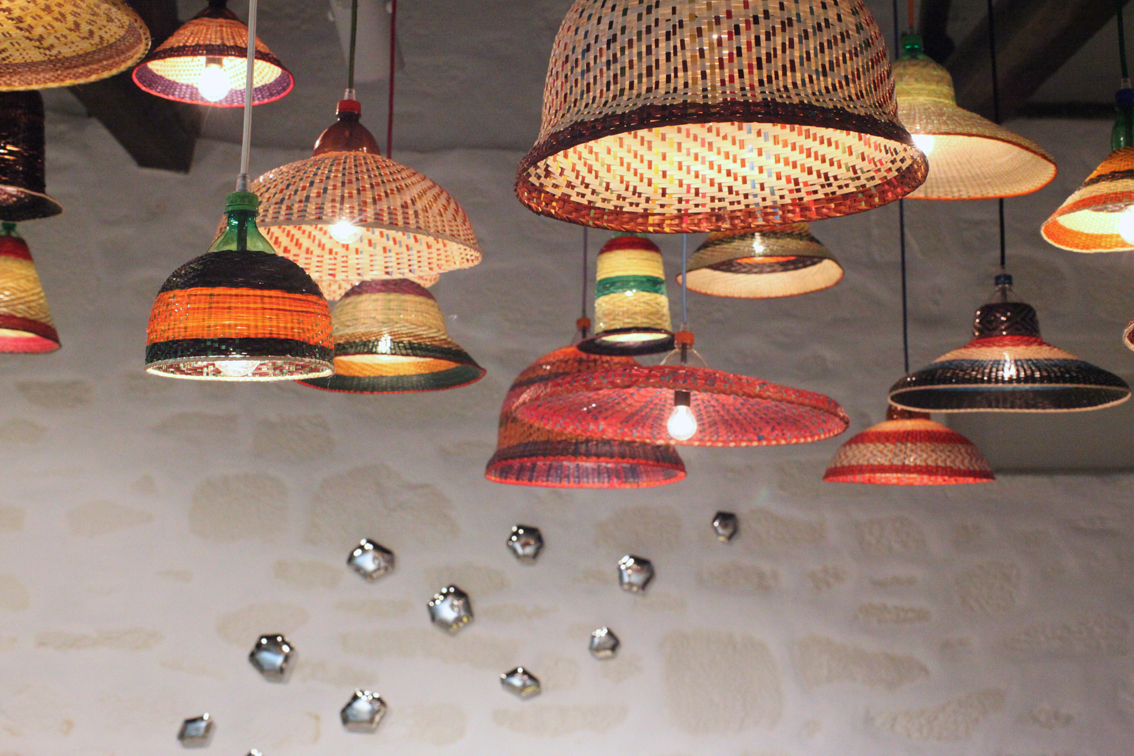
You are an industrial designer and all of your fantastic designs, as La Flaca or Cornucopia, are designed in a way to reduce to the minimum expression. Has this PET lamp project changed your point of view in some way for designing?
The PET lamp has also been a project based in reduction but in this case it was orientated towards simplifying the process of transforming the bottle into a lampshade to the maximum, so that it could be understood and done by any artisan and with basic tools found anywhere.
The great difference has been producing an object with artisans rather than industry. We had to leave much more freedom and loose control on the final look of the object rather than controlling every detail.
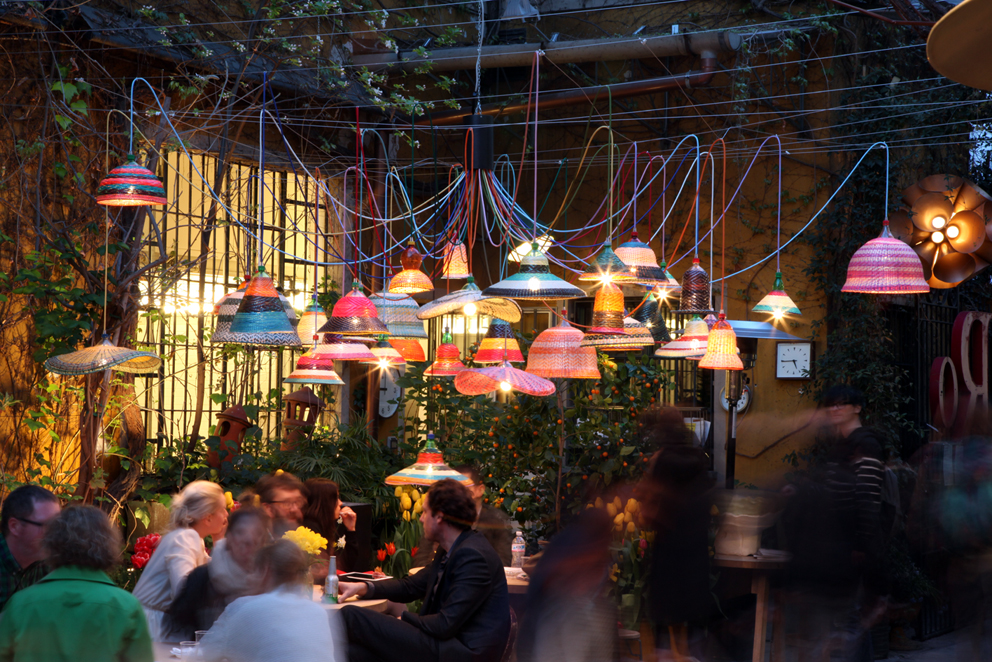
PET lamp is a very attractive project, from the initial idea to the final result. How did you participate in it, just with the concept? Did you learn from the artisans how to weave the weft?
We worked on the concept in the studio in Madrid and once we saw the potential we looked for a sponsor to develop the project in Colombia (Coca-Cola Colombia) and an organization to give us the advice on who to work with and where (Artesanías de Colombia). Once we had that, we did a workshop hand by hand with the artisans in Bogotá for 2 months.
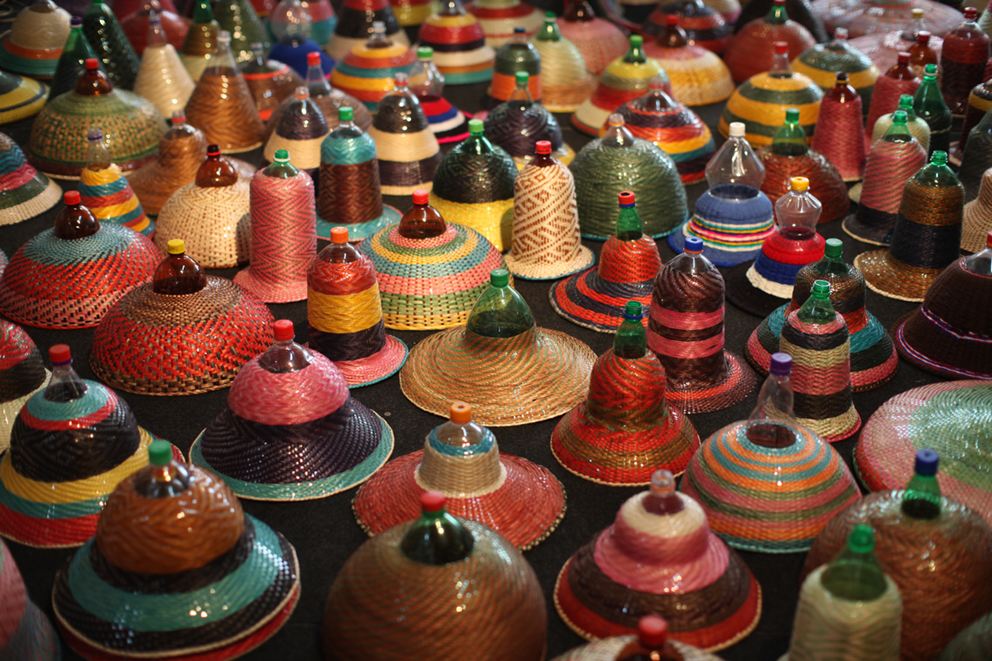
Were the colors and mixture of them defined at the beginning, or was it the “artisan’s way” of doing?
We didn’t want to influence the artisan in colors and patterns. In fact, our aim is to have their traditional crafts and motives reflected in their lampshade so that you can have the whole cosmogony of the artisans ancestral culture perceived in the object they produce.
In any case, they have a greater knowledge in the colors and pigments they use and how to combine them than we do. We certainly didn’t want to take the European style into Colombia, but do it the other way round. And with this attitude the artisan feels much more motivated and active within the project. Realizing this project has revealed the great difference between working with industries and working with artisans.
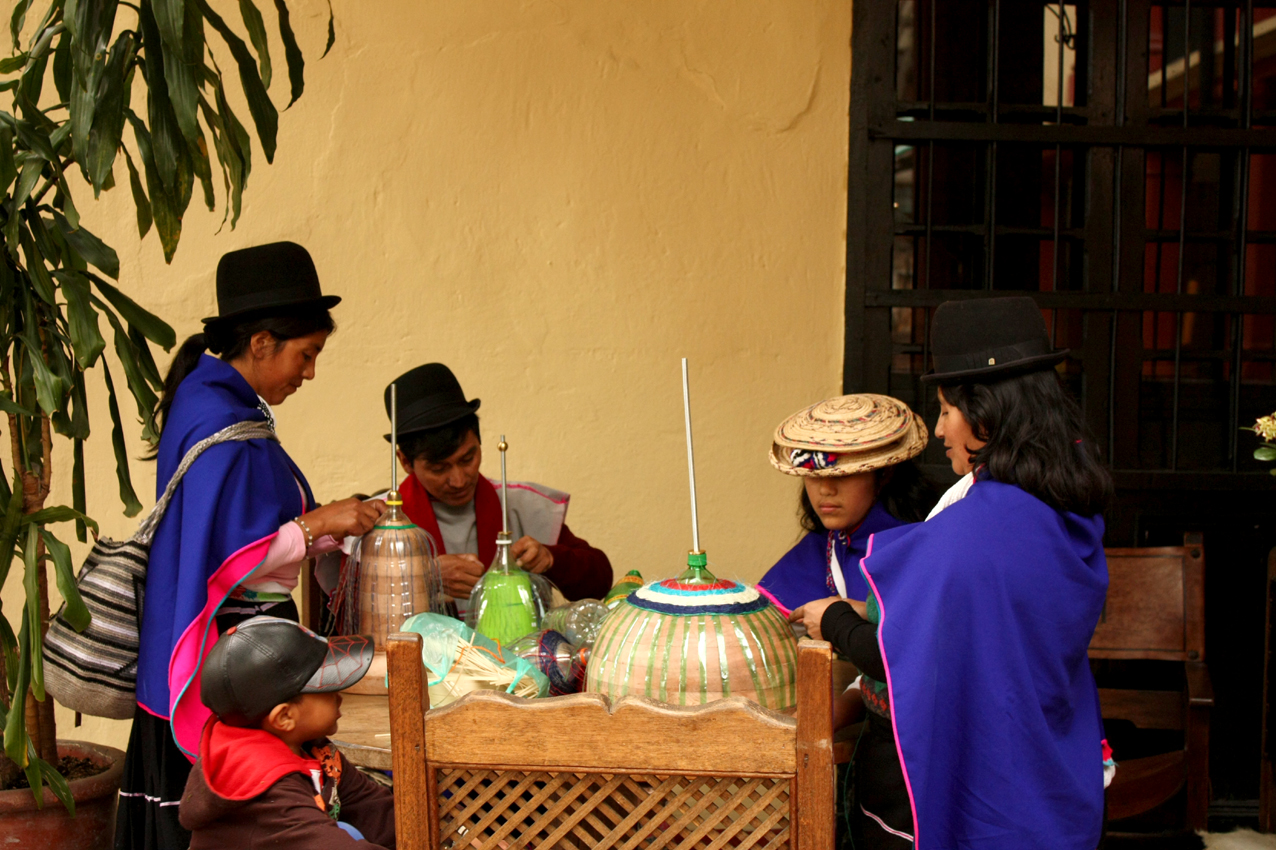
What did you learn from the artisans?
Collaborating with this group of artisans has opened my eyes to the reality of a country, a culture and a completely different way of understanding how to live in this world, which would have been much more difficult in any other way.
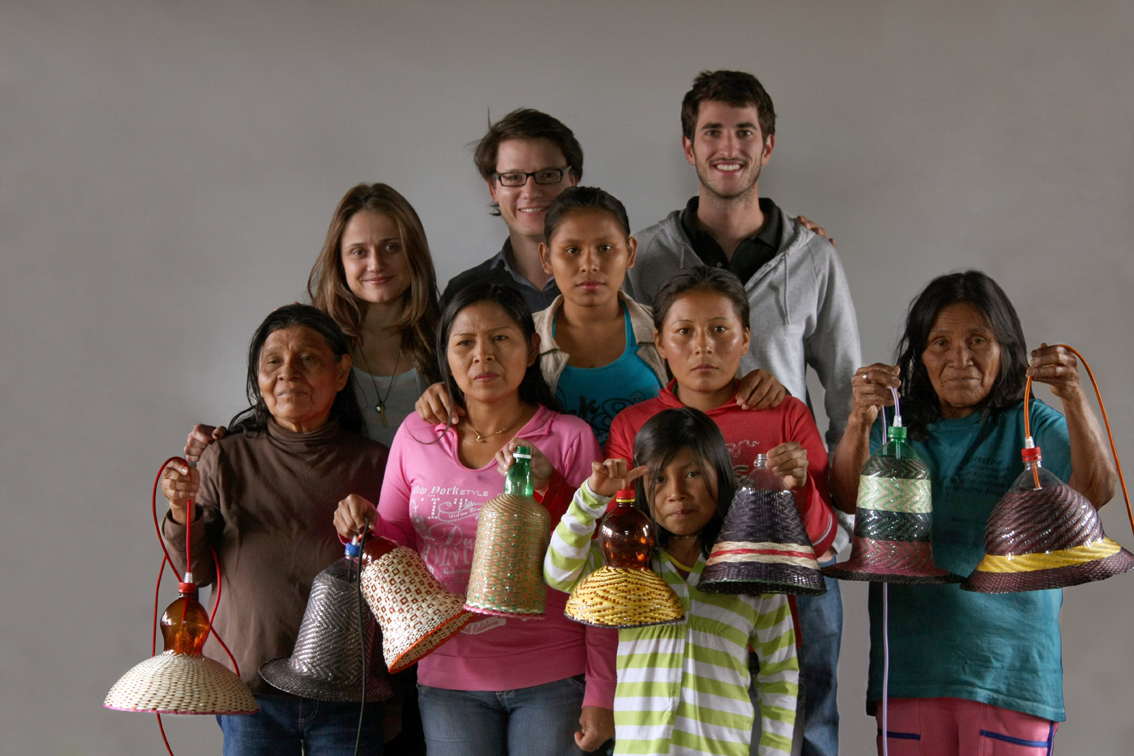
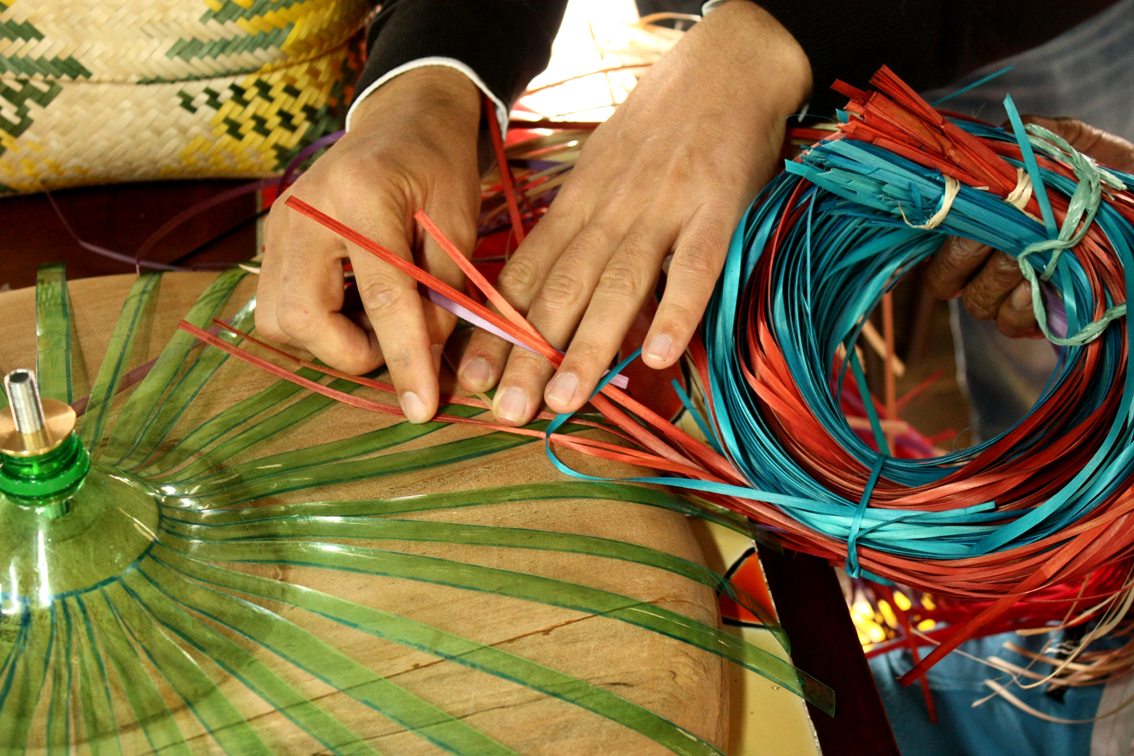
Would you integrate colors in your next designs?
I like using the natural colors of the materials I choose to use and in the case of fabrics it feels very natural to use pigmented fibers. This way it has opened me to a new way of understanding color. In any case, now we are developing the project in Chile using wicker, which you can’t dye so we will use it in its natural color and different shades such as when you boil it, it becomes darker. I think that in this case coloring it would loose contact with the actual material and wouldn’t add anything more to the project.
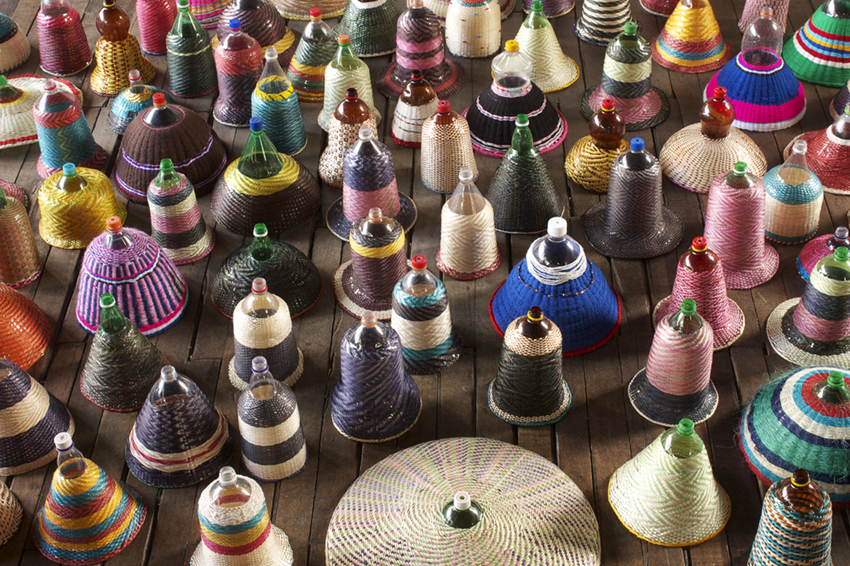
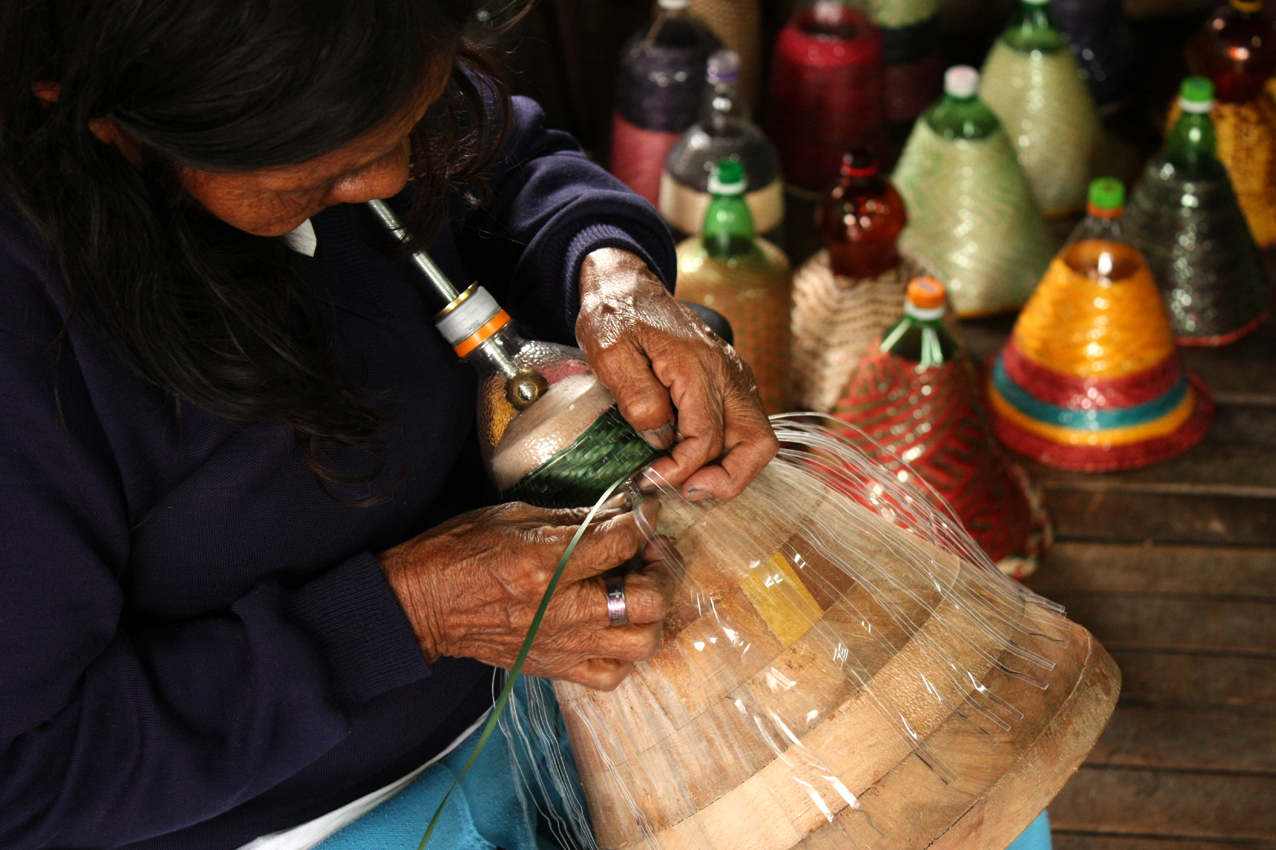
From the moment you finish a design, up until you make a prototype, what is the process you go through until it is ready to be sold?
It’s a very long process that usually takes us around a year to have it ready for the market and an extra year to really have the production running smoothly. We start with the idea, reduce it to the basic and start directly with the materials making prototypes. These slowly change until they arrive to the final solution, usually working with the artisan or industry that will eventually manufacture the final object. Then comes the part where we get ready for the packaging, instructions, photos, graphics, communication, fairs…
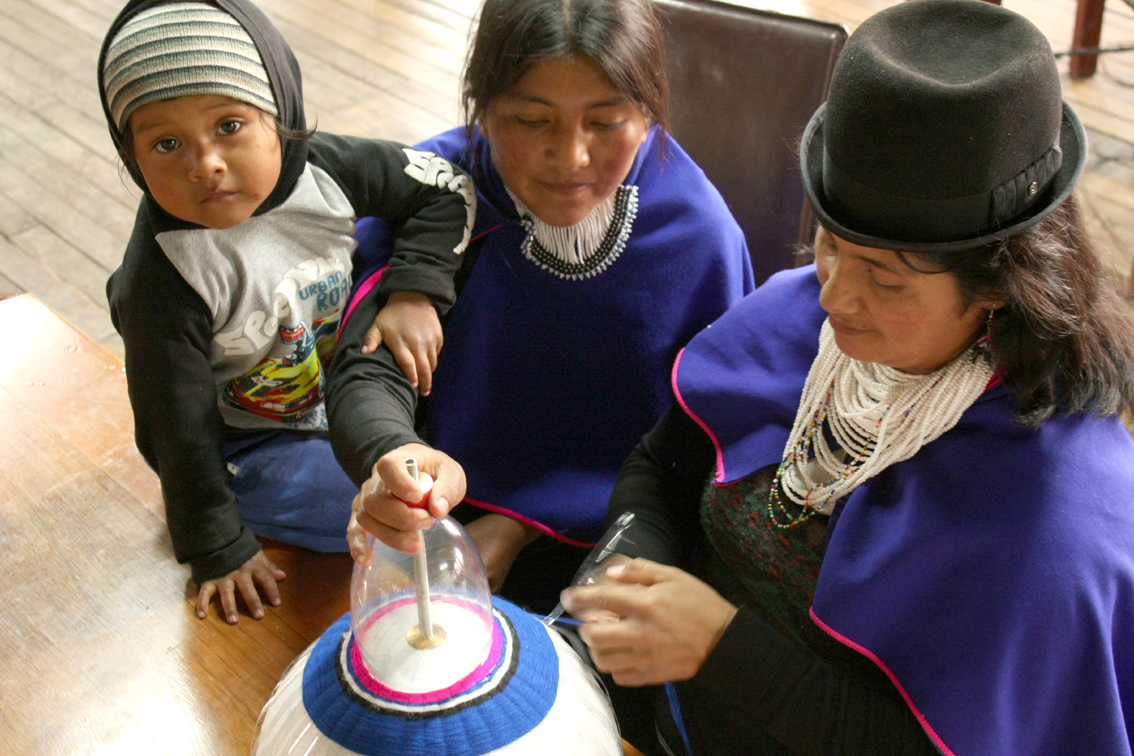
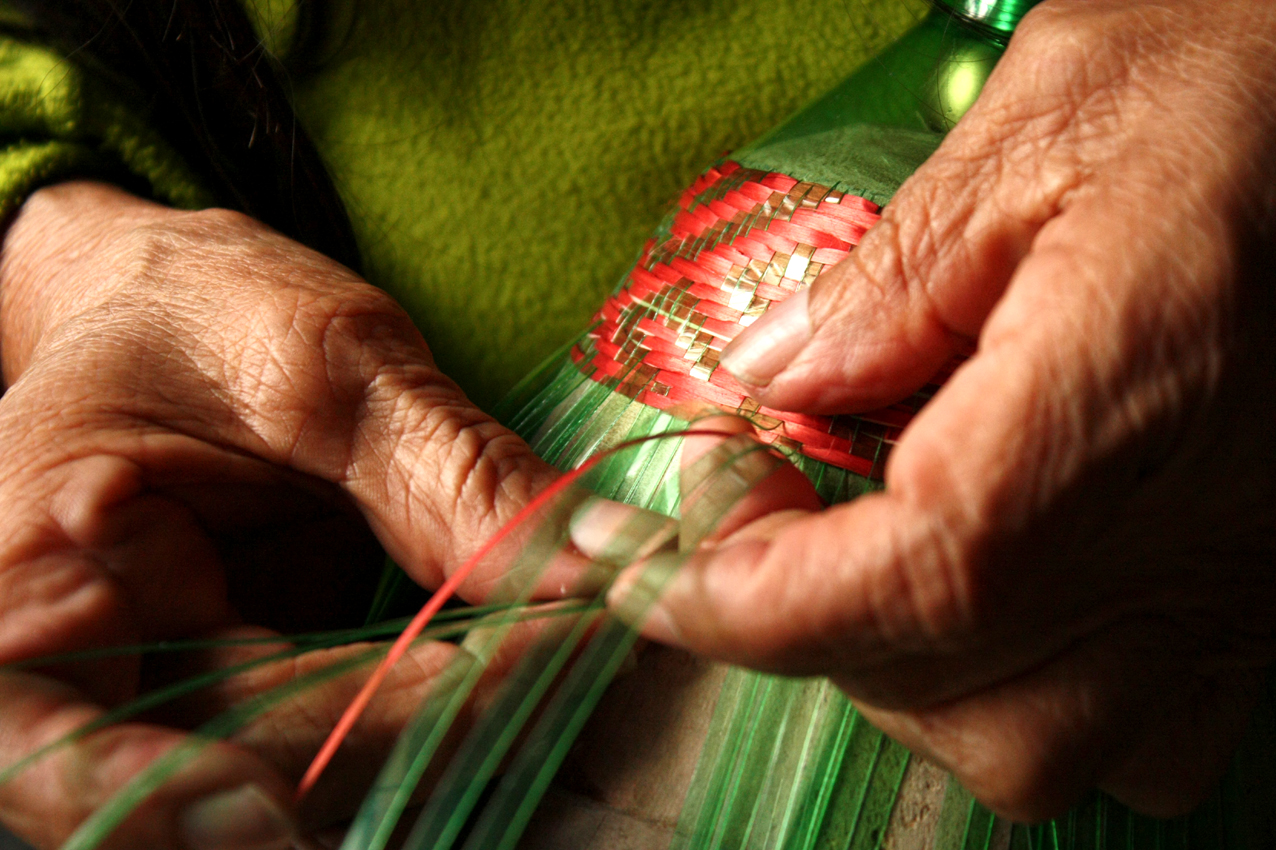
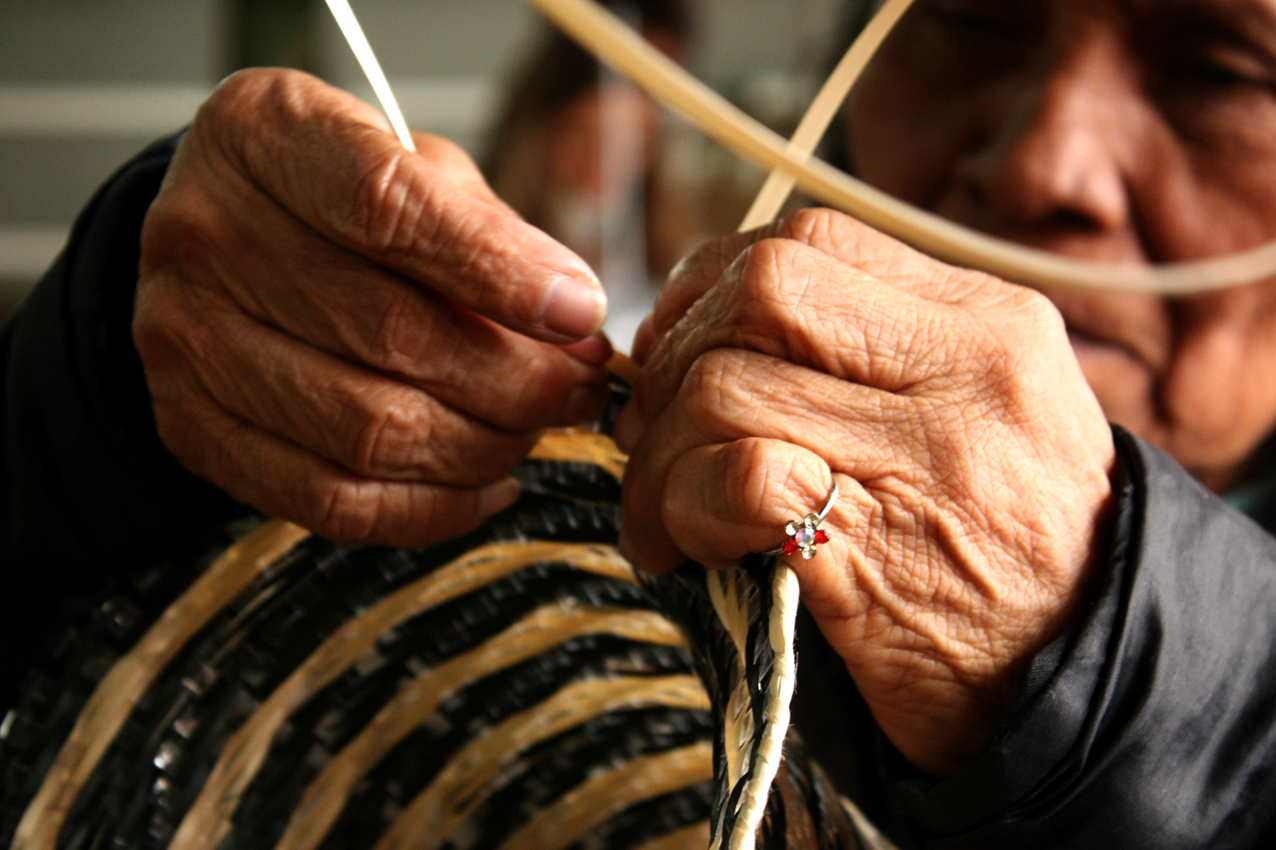
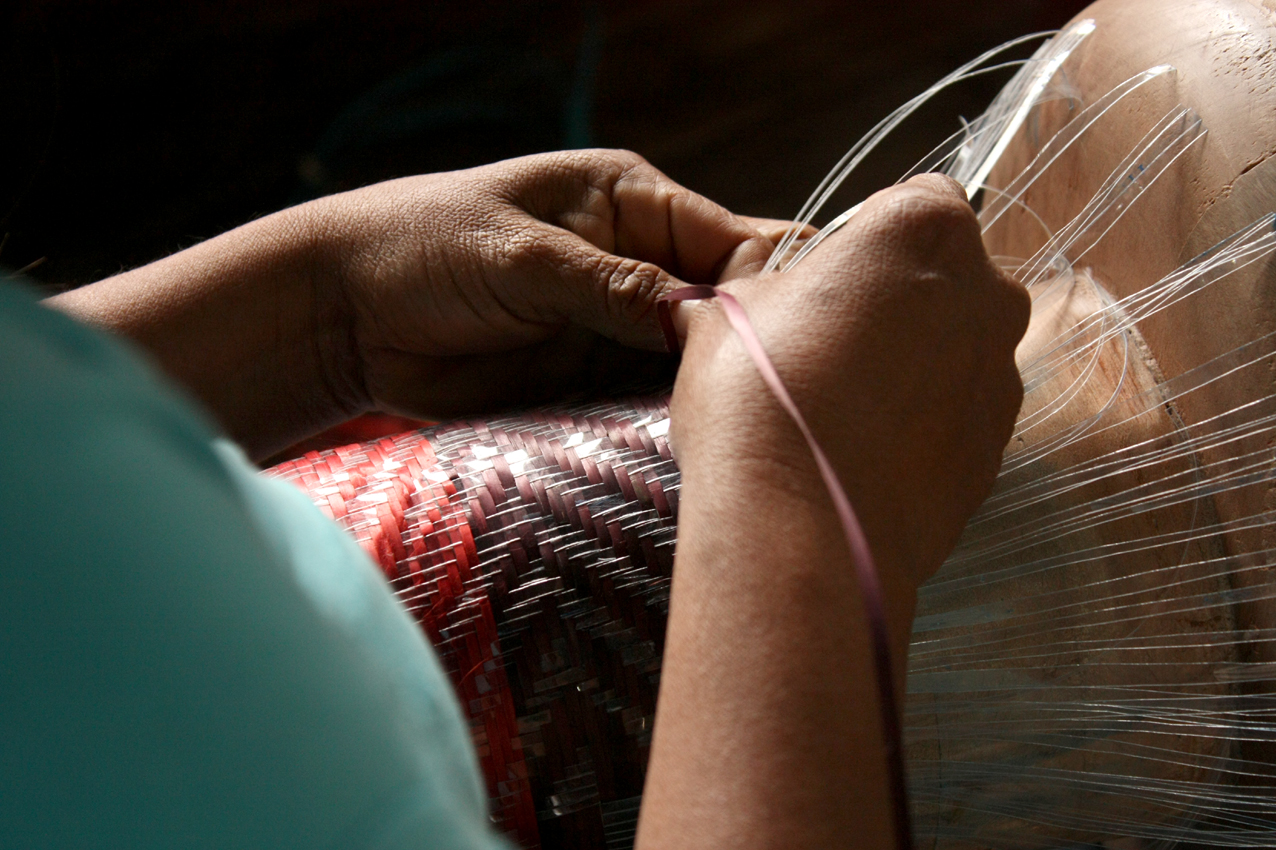
Do you fabricate your prototypes yourself?
Yes, together with the artisan. We don’t use too many renders or drawings, but we work directly with the materials.
Almost all of your designs are lamps, what does light signify for you?
My two-degree projects at Central Saint Martins were lamps and I guess that one project takes you to the next and you end up specializing. In any case, I have also done a table and stool and look forward to try making other objects as well. However, lamps have a material side to it (thinking about the object, the actual lamp) and an abstract aspect too which is the light they emit. Then there is also the story behind every project.
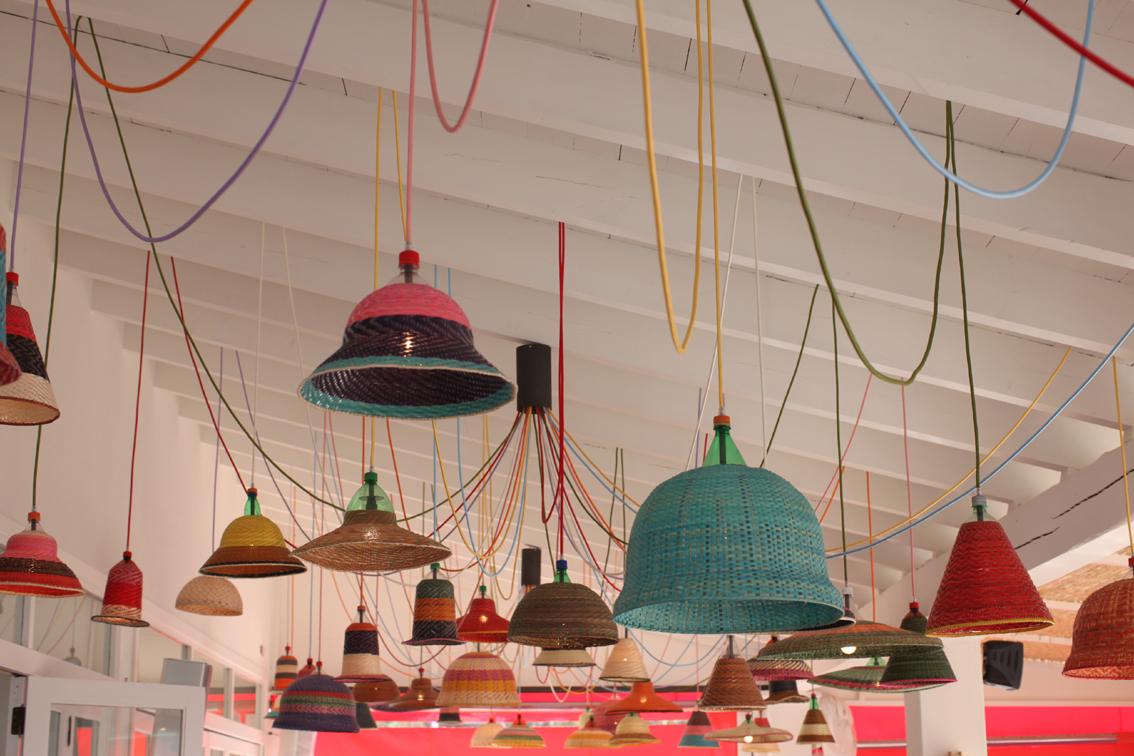
What are your sources of inspiration?
I don’t really understand were inspiration comes from, but I especially enjoy music, films, traveling, architecture… what doesn’t interest me so much is design really.
What would be your ideal project?
I’d like to design my own country house. These past months, I have remodeled my new house/studio and have enjoyed it very much.
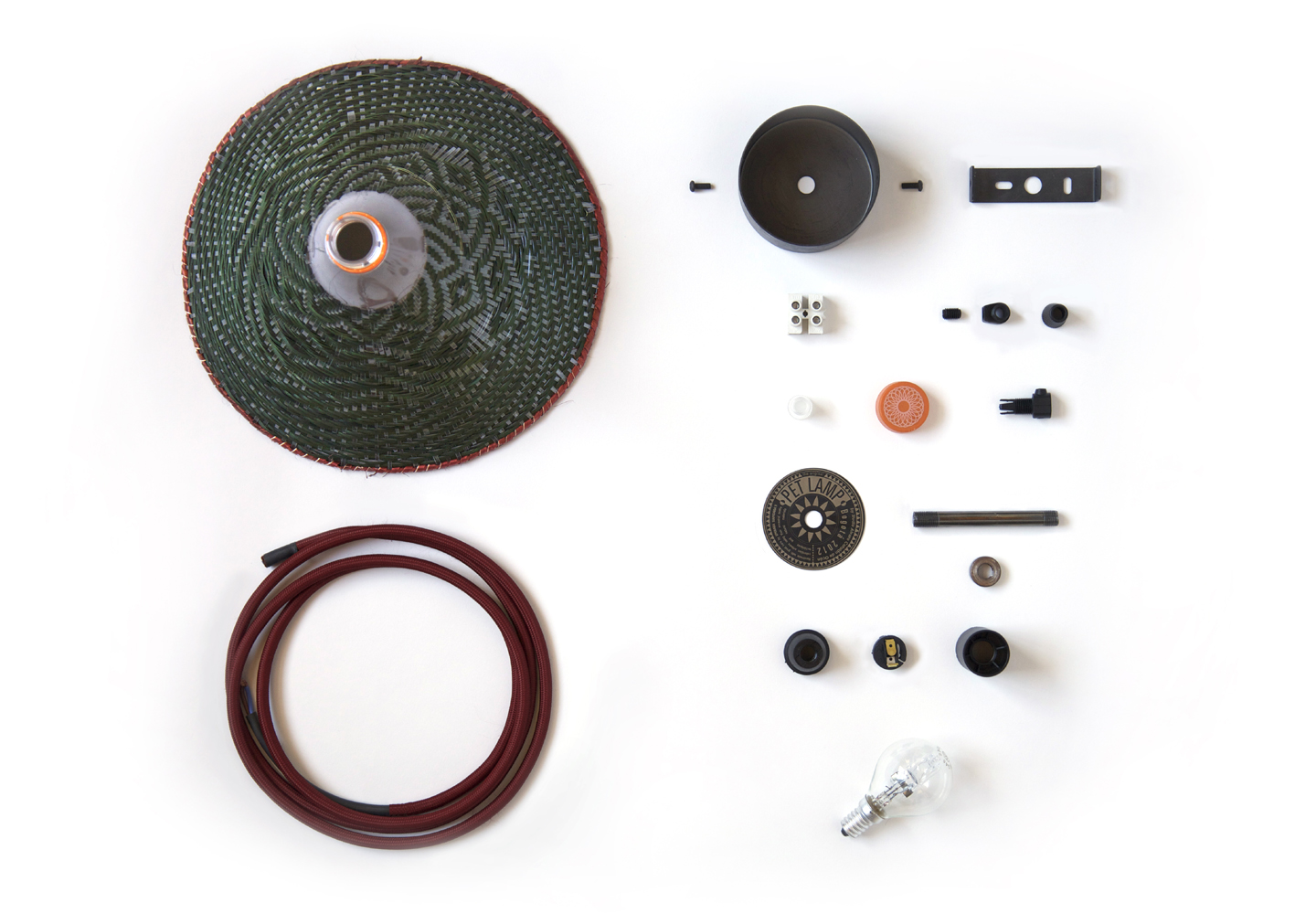
What is beauty for you?
When things naturally fall into place. It can be in an ordered way or in a chaotic way too, as long as they feel comfortable and that it triggers something special in your perception.
Do you dedicate time in your work to publications or other media to make yourself know and increase sales, or do you have someone to help you with all that?
I do a lot of fairs and press naturally comes to me rather that I going after them. Then I try to follow it personally as much as I can.
What is the most difficult thing in your work?
Handling too many different things at the same time and answering all the emails!
What do you like most in your work?
That every day is completely different.
What has been your biggest success?
Waking up and having something to do, since I set up my studio straight after university, and surviving since then.
What is your biggest dream for the future?
I’d rather think in what I have to do today or tomorrow at the latest…
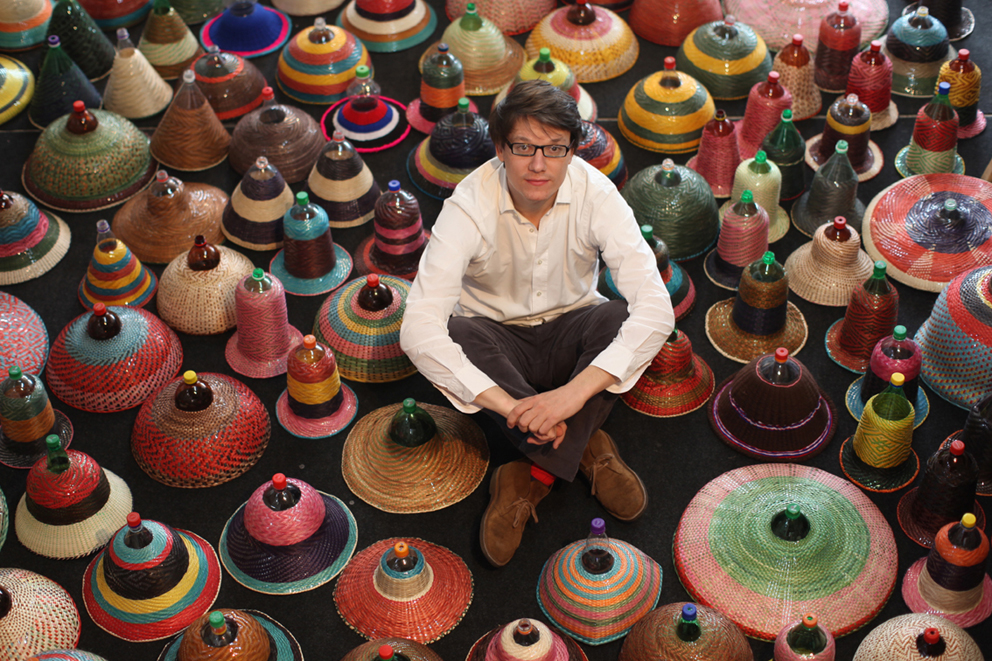
Any advice?
Follow your instincts.